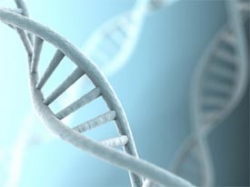
DNA
DNA is the unique genetic code that determines many of our individual human characteristics. DNA is found in most human cells, and except in the case of identical twins, each person has their own unique DNA code.
After the crime lab identifies and analyzes a DNA profile from a suspect, law enforcement can use this evidence in several ways:
- If a suspect has already been identified, he or she may provide a DNA sample voluntarily or may be required to do so via a court order.
- If the DNA from the suspect matches the DNA found on the evidence, it can prove that a suspect was at the scene of the crime or had contact with the survivor.
- If there are no suspects in the case, scientists at the crime lab can search the DNA profile in the CODIS database for a possible match to other crime scene evidence.
Not all sexual assault evidence collection kits yield DNA evidence. DNA evidence may not be found if:
- The perpetrator did not leave any DNA behind.
- Too much time passed before the evidence was collected.
- The evidence was improperly stored or handled.
The absence of DNA does not mean that no crime occurred.
- Sexual assault evidence collection kits are only analyzed when the survivor reports the assault to the police.
This project was supported by Grant #2009-WF-AX-0014 awarded by the Violence Against Women Grants Office, Office of Justice Programs, U.S. Department of Justice to the Massachusetts Executive Office of Public Safety & Security Office of Grants & Research and subgranted to the Boston Area Rape Crisis Center. Points of view in this document are those of the author(s) and do not necessarily represent the official position or policies of the U.S. Department of Justice or the Massachusetts Executive Office of Public Safety Programs Division.
